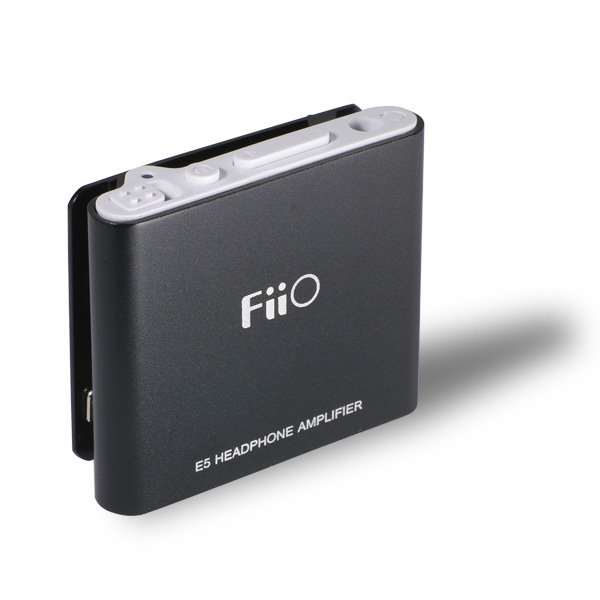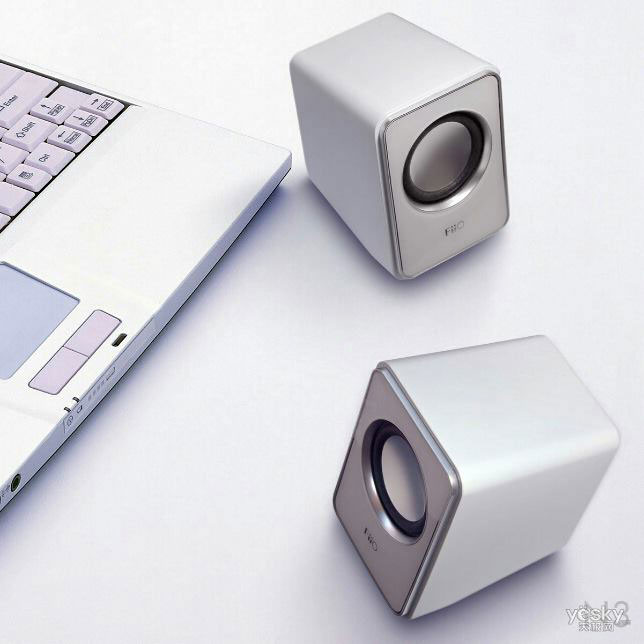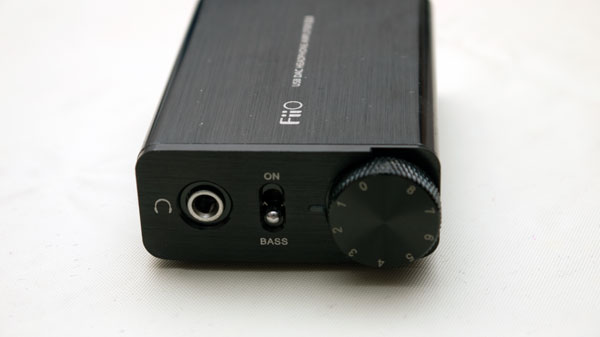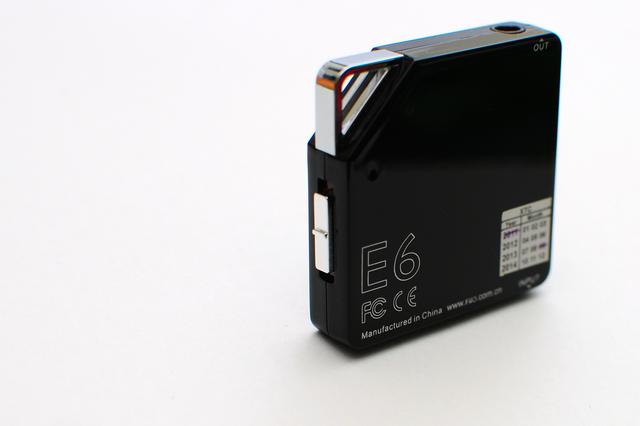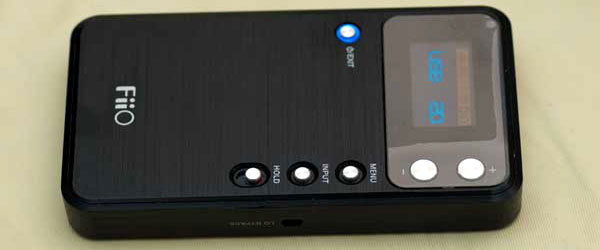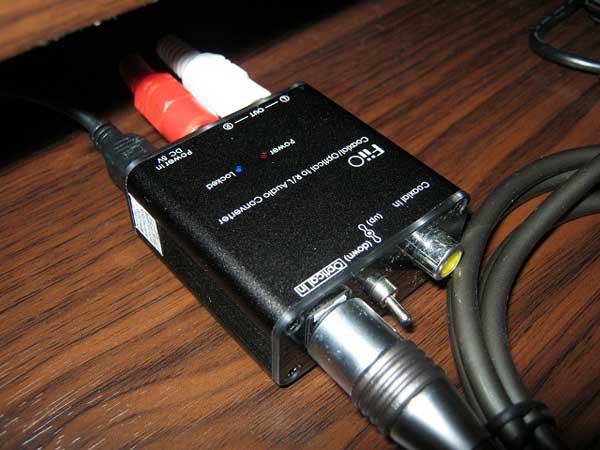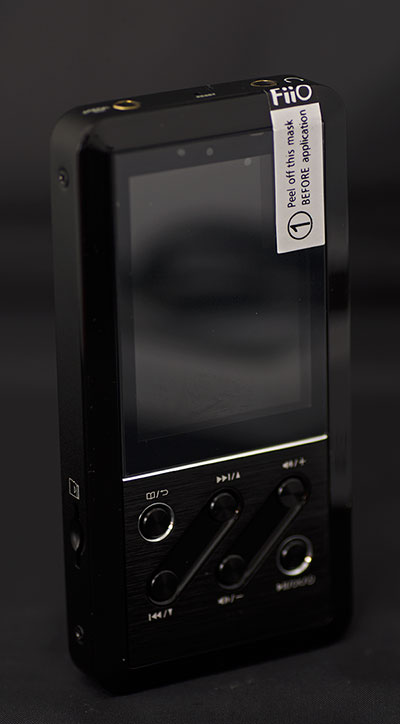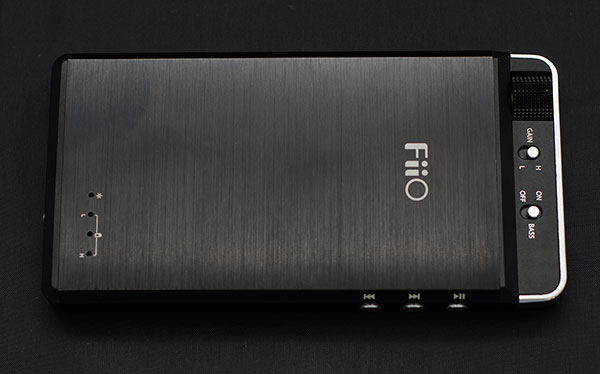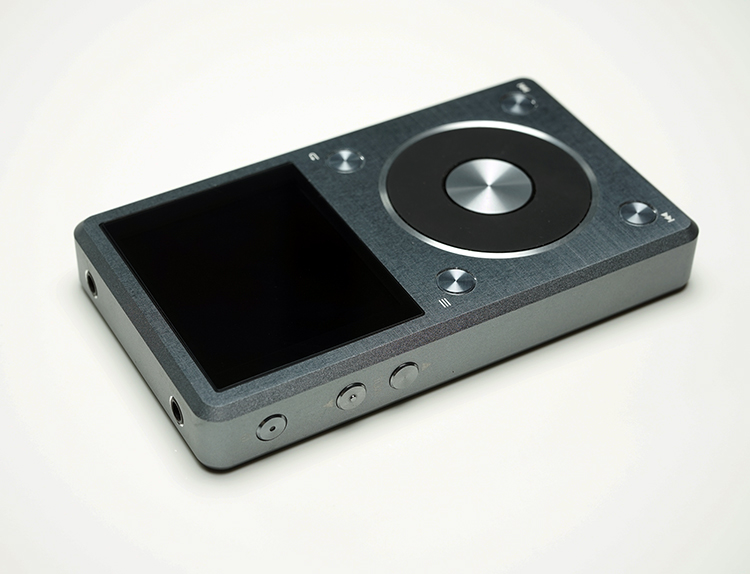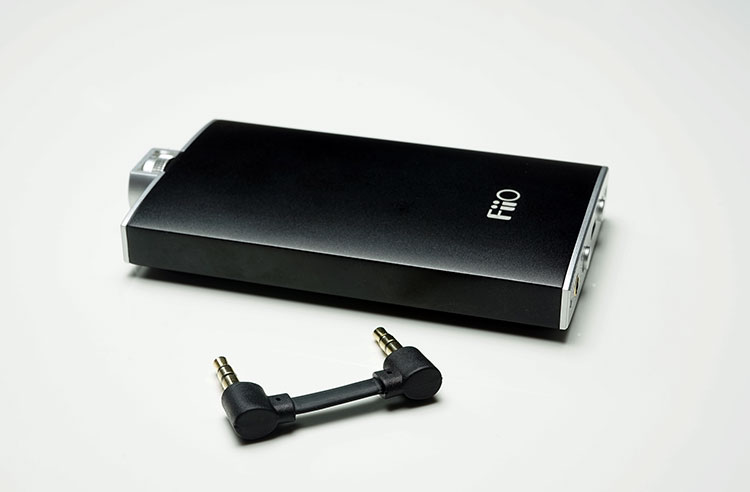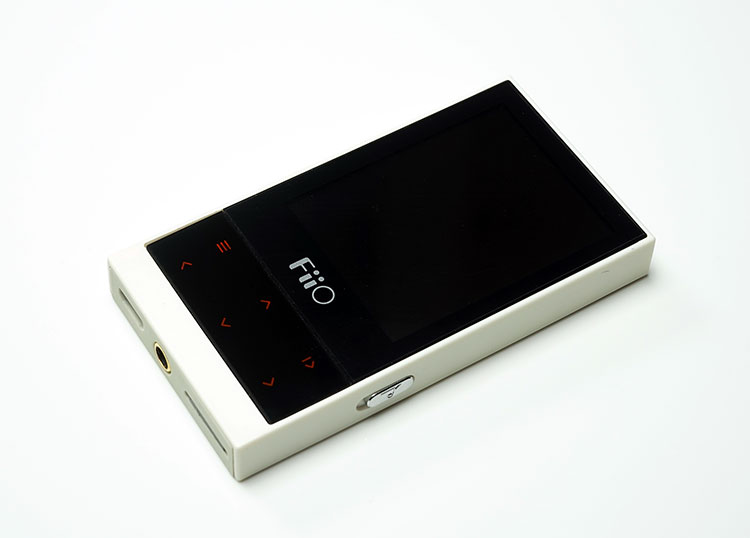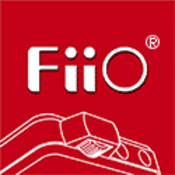It is certainly something we have all noticed with FiiO product launches. They seem to know well in advance what their products will be within a 12-month period and not just that but also how they overlap, complement and lead into new grounds. Their entire product lineup by year is something to behold, but it also points to capitalizing on growing trends within digital audio as well as the now prevalent DAP revival.
Each year feels more ambitious than the last. The lettering sequence has though gone through some semantic changes. D used to stand for the consumer range, the A1 used to be a desktop speaker amp and E was seen as audiophile level. Now we have X denoting their DAP series, and E more or less covering their range of audiophile-oriented products and the A and K floating somewhere in between.
Break Out Products
Out of this lengthy range, some have been hits and others have bit the dust. That’s pretty normal for most companies. You even have a few loss leaders thrown in there which can be important in the long run to generate secondary sales, pitch the brand at the right level and show what FiiO can really do. I asked James, what for him were the “breakout” products over the last nine years that put FiiO on the map?
We have had many great products over the past nine years, but there are three products that stand out in general for me that gave us a break through in the market.
-
The E3. This is the one that took us into the portable headphone amplifier field and beyond desktop products we were doing before.
-
The X3. OUr first foray into the DAP market and the one that showed us to the mainstream headphone enthusiasts on how diverse we could be.
-
The X7. Our flagship DAP and the key product that brought FiiO right into the smart platform (Android) and into wireless technology.
For those of us who have a long memory number two stood out above all others. I remember speaking to the FiiO team in early 2011 about bringing a branded X3 to our local forum, a run of 50 units and it was almost a go signal until FiiO called a halt to the development of the X3 DAP citing chips and firmware related issues. It was a crushing blow as we were very excited at the time to see what FiiO could do with a DAP.
It wasn’t until 2013 that the X3 came back to life and was finally launched. The market though already had quite a few DAP’s, FiiO’s thunder was stolen slightly by Astell & Kern, the firmware had a lot of work to be done from day 1 and the mesh of hardware and software proved challenging to many. Yet still the price, the firmware updates and of course that yummy Wolfson sound hit a note with many. The X3 was a success. Certainly in hindsight FiiO felt the delay had worked in their favor:
Yes, the delay of bringing out the X3 was unfortunate, but every cloud has a silver lining as the world of media players was a far stronger market in 2013 than 2011. We were able to capitalize on that delay by bringing more up to date products that were competitive and in tune with demands at the time. After three years, we became more experienced also in design and technology and we were able to provide better hardware and firmware to our customers at a much more affordable price.
Revisionism
Of course, it was not the only time FiiO would revisit the X3. There was the X3 2nd Gen, then the X5 2nd Gen, before that the K series added to the E11, E7 and E17 and of course the E12a (via the E12 DIY). Quite a lot of FiiO’s time has been spent upgrading and revising. Now some fans are not too fussy on the endless revisionism and complain that there are too many revisions out there and coming too quickly resulting in their previous revision losing value rapidly forcing them to upgrade. Other fans would contend that this is normal now, you have to compete and technology never stands still. I get what both camps say, but it is not as if Samsung and Apple are doing anything different right?
That’s something we learned from Apple’s marketing and product life cycle planning. We think that we can satisfy rapidly changing user’s needs if we master the timing of when to upgrade our products.
FiiO is no different to any other company in that respect. The gadget market has been increasingly an annual event for products and FiiO have a lot of products. Some get refreshed, some get dumped, others get revised. That’s a complicated road map to manage.
The final marker on that road map was the flagship X7 DAP. Even though I knew it was coming and we all had a level of input even through chance discussion the launch of the X7, what it could do and its mid-tier pricing was something I never thought FiiO would do and that is step away from the old strategy of being the best at the lowest price and simply just try to be the best value.
Loss By Design
The X5 second gen was an excellent DAP but the X7 is our highest scored DAP for a number of critical reasons. First, it sounds good, second it looks good and supports a relatively clean and open Android platform which raises all sorts of possibilities. The final reason is the longevity of the amp with its modular amp system and accessories such as the dock and remote control. Yeah, Astell & Kern does it also with their AK series and accessories but not with the amp modules and not at the X7 price. That puts the X7 in the pound for pound DAP king category for me. But was it a risk for FiiO? Going that high in price on a new platform with quality chips and a whole eco-system requires serious commitment.
There were not as many risks as you would think for us. At first, we defined X7 as an unprofitable flagship product. Now the X7’s market performance is way better than we expected. In other words, we were already prepared for loss on the X7 project and we planned the X7 project for improving our brand awareness. So far, we’re very satisfied with what we achieve out of the X7 project.
That actually genuinely surprised me that the X7 was a loss leading flagship product but then it reminded me of the Sony PS3 and how they wanted to capture the gaming market with its 3rd Gen gaming platform that yielded little or no profit but was essential for market relevance. As James points out the X7 project though is doing well, the amp modules are coming in thick and fast with an ever growing range of accessories to compliment it.
The Future
That is the now for FiiO, but where to next? I wanted to close out by simply asking FiiO what they though the market challenges where for them moving forward:
We actually see three areas of existing and future challenges for FiiO in the markets we operate.
-
First, we see a continued decline of the traditional Hifi industry. With this decline more and more Hifi companies will enter the portable Hifi industry which will definitely lead to a much more competitive market.
-
Second we believe mobile phone technology, especially in Hifi will continue to develop and this will pose a new level of competition within the audiophile market.
-
Finally of course we must look after our own business. The most important thing is whether we can continue providing the best products and service to our users. We think the biggest crisis always comes from inside not outside.
Signing Off
The final point was perhaps the one that I took away from this discussion with FiiO. Looking at the tenure of the key players, stability does seem to be the key to FiiO success. You can have all the talent and skills in the world but if they come and go overnight you simply can’t keep that forward momentum going. Plenty of companies are consumed with internal politics that often lead to ‘design by committee’ product outputs that fail to satisfy any particular user base. It is easy to forget how much work goes into producing gear like this for any company and getting it successfully to the market. FiiO seems to know who their target market is pretty well and marketing that knowledge harmoniously with seemingly casual ease.



